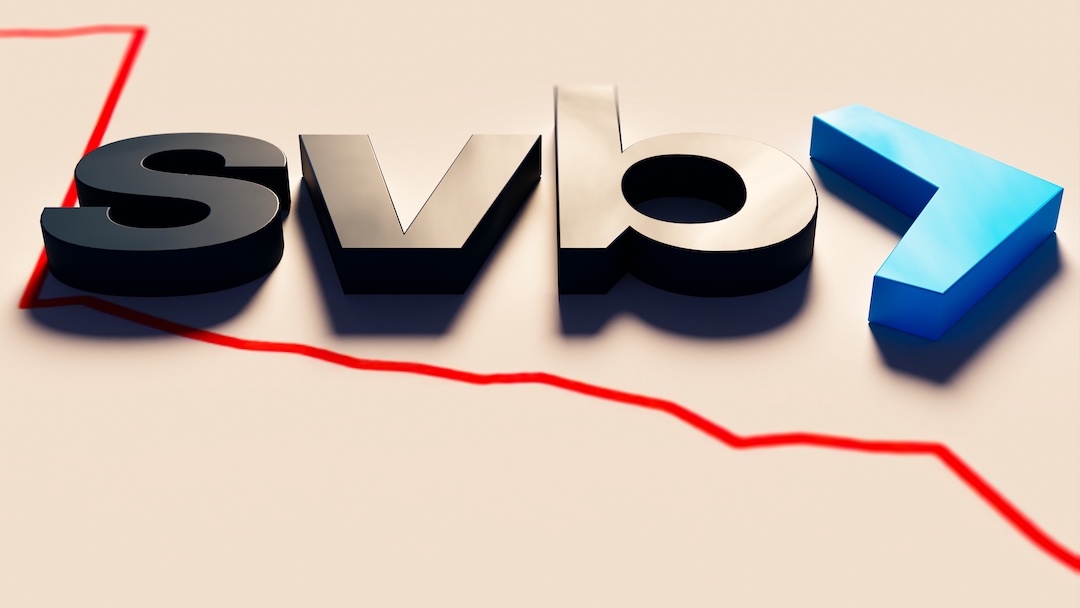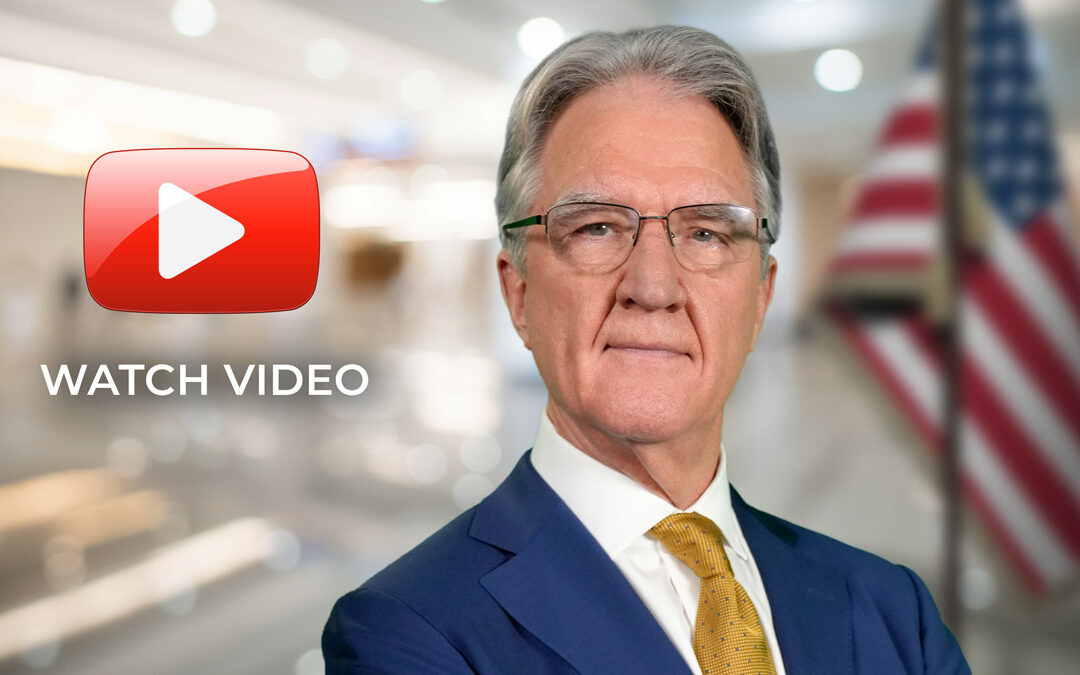On Friday, March 10, 2023, Silicon Valley Bank (SVB) in Santa Clara, CA was closed by the California Department of Financial Protection and Innovation (DFPI). Two days later, on March 12, 2023, the U.S. Department of the Treasury, the Federal Reserve, and the Federal Deposit Insurance Corporation (FDIC) jointly closed Signature Bank, a financial institution primarily dealing with cryptocurrencies. The Treasury Department designated both SVB and Signature as “systemic risks” and said it would be closing both banks in a manner that “fully protects all depositors.”
SVB’s failure can be traced to multiple factors, including interest rate hikes and a run on the bank’s cash reserves.

SVB Financial Group, the parent company of Silicon Valley Bank, purchased tens of billions of fixed-rate, longer-term U.S. Treasurys and government-backed mortgage securities during a surge of deposits during the first years of the COVID-19 pandemic. According to The Wall Street Journal, SVB’s securities portfolio rose from about $27 billion in the first quarter of 2020 to around $128 billion by the end of 2021. These securities are often considered “safe” assets with little risk of default.
However, after multiple interest rate hikes by the Federal Reserve, the fixed rate of return on the securities held by SVB became lower than those of newly release securities. In this new environment, the securities held by SVB could only be sold for a loss on the open market when the need for more liquid cash arose. The disparity between an original purchase price and current fair market price on unsold securities is known as an “unrealized loss.” According to The Wall Street Journal, SBV’s unrealized losses in its securities portfolio ballooned to $17 billion by the end of 2022.
As the bank began to send out more cash than it took in, SVB attempted two operations to revive their cash flows; selling $21 billion of securities for a loss of $1.8 billion, and a sale of company shares. The costs of shares plummeted, and a number of firms recommended to clients that they withdraw their money. On Thursday, March 9, customers withdrew $42 billion of deposits, leaving the bank without cash.
According to SVB, deposits exceeding FDIC insurance totaled $151.5 billion at the end of 2022.
SVB’s failure has sent shockwaves through financial markets.

As the situation surrounding the closure of SVB gained public attention, banking stocks fell. According to Barron’s, JPMorgan, Bank of America, Citigroup, and Wells Fargo experienced their biggest one-day drops in stock price in almost three years. Global banks such as Switzerland’s UBS and Credit Suisse, France’s BNP, and HSBC, the largest bank in Europe, all experienced falling stock prices on March 10, 2023.
That same day, Treasury Secretary Janet Yellen said that her office was monitoring the SVB situation, telling the House Ways and Means Committee, “There are recent developments that concern a few banks that I’m monitoring very carefully, and when banks experience financial losses it is, and it should be, a matter of concern.”
Later on March 10, 2023, the California Department of Financial Protection & Innovation closed SVB. Regulators have attempted to find buyers for the bank, with HSBC purchasing Silicon Valley Bank’s U.K. arm.
On March 12, 2023, the Department of the Treasury, the Federal Reserve, and the FDIC announced the closure of another financial institution: New York-based Signature Bank, a major lender in the cryptocurrency industry. In a joint statement, the Treasury, Federal Reserve, and FDIC cited “a similar systemic risk [as SVB]” as the reasoning behind the closure.
In order to restore faith in the financial system, the Treasury Department, Federal Reserve, and FDIC also stated that they would unwind Silicon Valley Bank in a manner which “fully protects all depositors.”
To prevent further runs on financial institutions, the Federal Reserve announced the “Bank Term Funding Program,” a Treasury buyback program which aims to purchase securities above the losses they would face on the market. The Treasury Department announced it will provide $25 billion from its “Exchange Stabilization Fund” as a backstop for potential losses, though senior Federal Reserve officials say it likely won’t be needed, and only exists as a safeguard.
Read U.S. Money Reserve’s “Market Insider” each week for more economic insights. Nothing herein should be considered as portfolio or retirement advice as U.S. Money Reserve (“USMR”) cannot and does not offer financial advice. Clients should consult a financial advisor for specific advice. This commentary is provided by USMR for informational purposes only and is provided on an “as is” basis without any warranty of any kind, whether express or implied. Your use of the information provided in this commentary is entirely at your own risk. In no event will USMR be held liable for any indirect, special, incidental, or consequential damages arising out of the use of information contained in this commentary.







